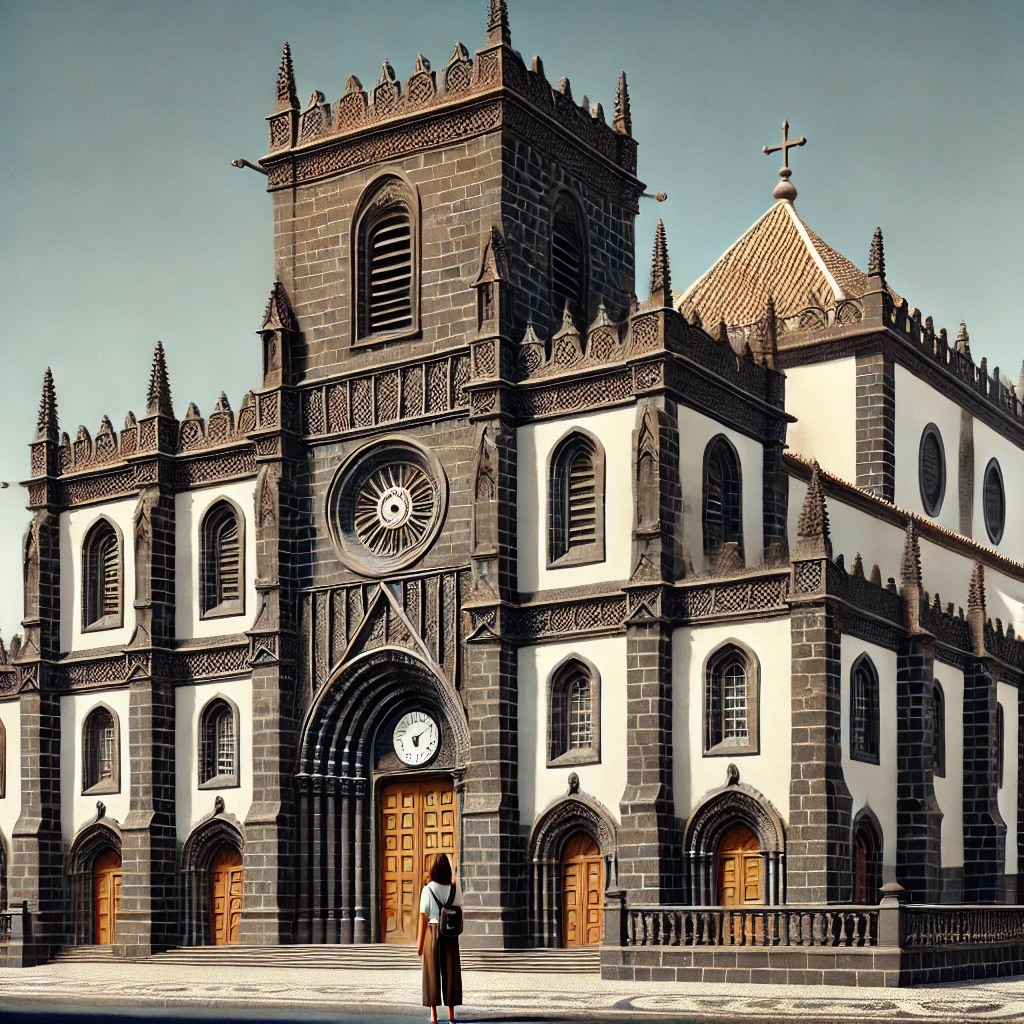ChatGPT:Funchal is the capital city of the Madeira archipelago, an autonomous region of Portugal located in the Atlantic Ocean.
The city is famous for its historical significance and charming old town, which features narrow cobblestone streets, traditional buildings, and an abundance of flowers. Funchal is often referred to as “the Floating Garden” due to its lush vegetation and botanical gardens, such as the Madeira Botanical Garden and the Monte Palace Tropical Garden.
Funchal’s harbor is an important part of the city’s economy, serving as a major port for cruise ships and cargo. The city’s economy is also bolstered by tourism, with visitors drawn to its beautiful beaches, excellent hotels, and rich cultural heritage.
Funchal is also famous for its wine, particularly Madeira wine, a fortified wine that has been produced on the island for centuries. The city’s food scene is vibrant, with a variety of restaurants offering both traditional Madeiran dishes and international cuisine.
Outdoor activities are popular in and around Funchal, with opportunities for hiking in the surrounding mountains, whale watching, and exploring the Levadas, a network of irrigation channels that double as walking paths through some of the island’s most scenic areas.
Overall, Funchal is a picturesque and culturally rich city that combines natural beauty with a warm, welcoming atmosphere, making it a popular destination for travelers.
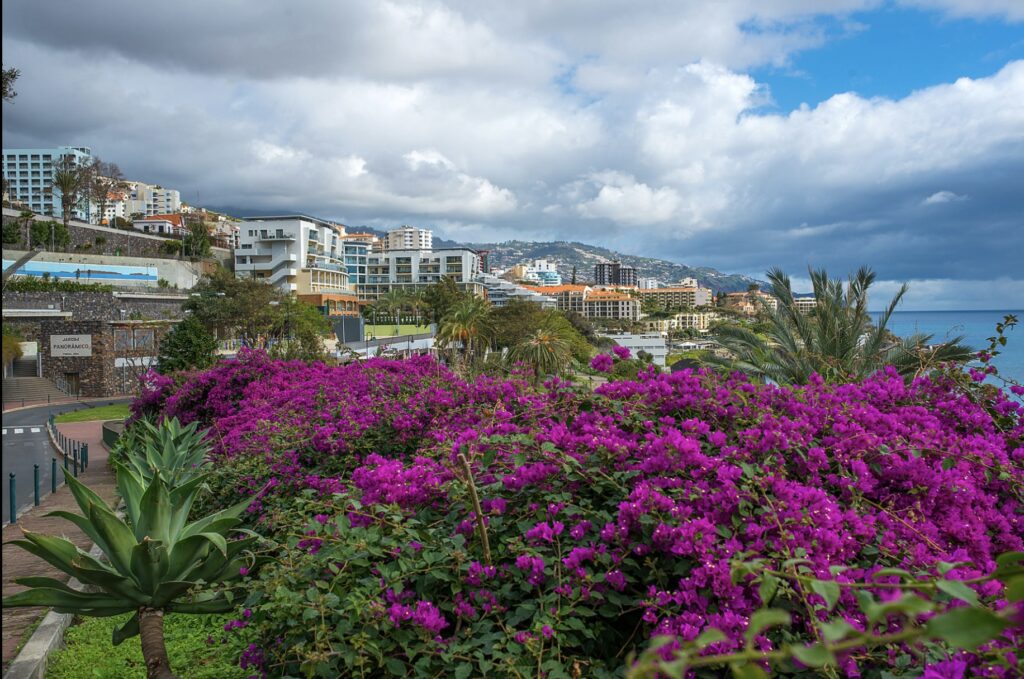
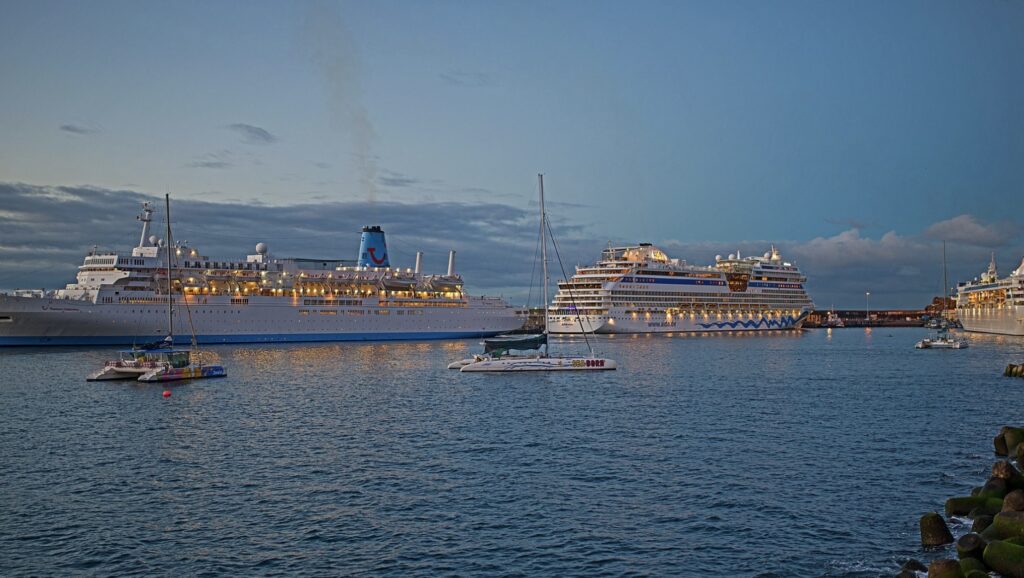
Origin and Early History
The name “Funchal” is believed to have originated from the Portuguese word “funcho,” meaning fennel, a plant that was abundant in the area when the first Portuguese settlers arrived. The island of Madeira was discovered by Portuguese explorers in 1419, led by João Gonçalves Zarco and Tristão Vaz Teixeira, during the reign of King João I. Funchal was officially founded a few years later, around 1421, as the settlers began to cultivate the fertile land, growing crops such as sugar cane, which would become a significant economic driver for the region.
15th to 17th Centuries: Economic Growth
Funchal quickly grew in importance during the 15th and 16th centuries due to its strategic position in the Atlantic Ocean, serving as a key stopover for ships traveling between Europe, Africa, and the New World. The city’s economy flourished with the production and export of sugar, which was highly prized in Europe. Funchal became a wealthy and cosmopolitan city, attracting merchants and traders from across Europe.
The wealth generated by the sugar trade led to the construction of important buildings and infrastructure, including churches, forts, and mansions. The Sé Cathedral of Funchal, built in the early 16th century, is one of the notable landmarks from this period, showcasing the Manueline architectural style.
As sugar production declined in the late 16th century due to competition from other regions, Madeira began to diversify its economy. Wine production, particularly the famous Madeira wine, became increasingly important, helping to sustain the city’s economy through the 17th century.
18th to 19th Centuries: International Influence and Tourism
By the 18th century, Funchal had established itself as a hub for Madeira wine production, exporting the wine to markets around the world, including the American colonies, where it became especially popular. This period also saw an increase in foreign influence, particularly from British merchants who played a significant role in the wine trade and other commercial activities.
The 19th century marked the beginning of Funchal’s development as a tourist destination. The city’s mild climate and natural beauty attracted wealthy European visitors, including nobility and celebrities, who sought refuge from colder climates or traveled for health reasons. The city began to develop infrastructure to accommodate these visitors, including luxury hotels and leisure facilities, laying the foundation for the tourism industry that remains vital to Funchal today.
20th Century to Present: Modernization and Autonomy
The 20th century brought significant changes to Funchal, as it did to the rest of Madeira. The city continued to grow, with improvements in infrastructure, including the construction of an airport in 1964, which opened the region to mass tourism. Political changes also shaped Funchal’s development; in 1976, after the Portuguese Revolution, Madeira was granted autonomy, and Funchal became the capital of the autonomous region of Madeira.
In recent decades, Funchal has continued to modernize while preserving its historical charm. The city has invested in improving its port, expanding its tourism offerings, and promoting its cultural heritage. Today, Funchal is known not only for its natural beauty and historical sites but also for its festivals, such as the annual Madeira Flower Festival and New Year’s Eve fireworks, which draw visitors from around the world.
Madeira wine is famous for several reasons, most notably its unique production process, longevity, and distinctive flavors. Here are some of the key factors that set Madeira wine apart from other wines:
1. Unique Production Process
- Estufagem and Canteiro Methods: Madeira wine undergoes a unique aging process involving heat and oxygen, which is unusual for wines. The most common method is called estufagem, where the wine is heated to around 45-50°C (113-122°F) for several months in stainless steel tanks. The traditional canteiro method involves aging the wine in barrels placed in warm, sun-exposed attics for many years, sometimes decades. This heating process, combined with oxidation, contributes to the wine’s complex flavors and remarkable longevity.
2. Fortification
- Like other fortified wines, Madeira is fortified with grape spirit (brandy), usually during fermentation. This increases the alcohol content to around 17-22%. The timing of fortification influences the wine’s sweetness, resulting in different styles: from dry (Sercial) to very sweet (Malmsey).
3. Exceptional Longevity
- Madeira wine is renowned for its incredible durability. The heating and oxidation processes not only enhance its flavors but also make the wine nearly indestructible. Madeira can age for decades or even centuries and remains stable and drinkable even after being opened for years, unlike most other wines that spoil relatively quickly once exposed to air.
4. Diverse Styles
- Madeira wine comes in several styles, each corresponding to different grape varieties and levels of sweetness:
- Sercial: The driest style, often enjoyed as an aperitif.
- Verdelho: A medium-dry style, with a bit more body and richness.
- Bual: A medium-sweet style, often paired with desserts or cheese.
- Malmsey: The sweetest style, with rich, caramelized flavors, often enjoyed as a dessert wine.
5. Distinctive Flavors
- Madeira wine is known for its complex and distinctive flavor profile, which can include notes of dried fruits, nuts, caramel, toffee, citrus peel, and spices. The wine’s characteristic acidity balances its sweetness, giving it a fresh, lively taste despite its richness.
6. Historical Significance
- Madeira wine has a storied history, particularly in the 18th and 19th centuries, when it was popular in European and American markets. It was famously used to toast the signing of the Declaration of Independence in the United States. Its durability made it an ideal wine for long sea voyages, and it became a favorite of the colonial American elite.
7. Geographical Origin
- The wine is exclusively produced in the Madeira Islands, a remote archipelago in the Atlantic Ocean. The volcanic soil, steep terraced vineyards, and mild climate contribute to the wine’s unique characteristics. The island’s isolation also meant that traditional winemaking techniques were preserved, allowing Madeira wine to retain its distinctive style over the centuries.
8. Versatility
- Madeira’s unique combination of acidity, sweetness, and complexity makes it incredibly versatile. It can be enjoyed on its own, paired with a wide range of foods, or used in cooking to add depth to sauces and dishes.
In summary, Madeira wine’s fame is built on its unique production process, remarkable longevity, diverse styles, and complex flavors, all of which set it apart from other fortified wines and contribute to its enduring reputation as a world-class wine.
Funchal is home to numerous historical monuments and tourist attractions, each with its own unique significance and history. Here’s a list of some of the most notable ones, along with their approximate dates:
Historical Monuments
- Sé Cathedral of Funchal (c. 1514)
- This Gothic-style cathedral, completed in 1514, is one of Funchal’s most significant religious buildings. It features a mix of Manueline and Moorish architectural elements and a stunning wooden ceiling made from local wood.
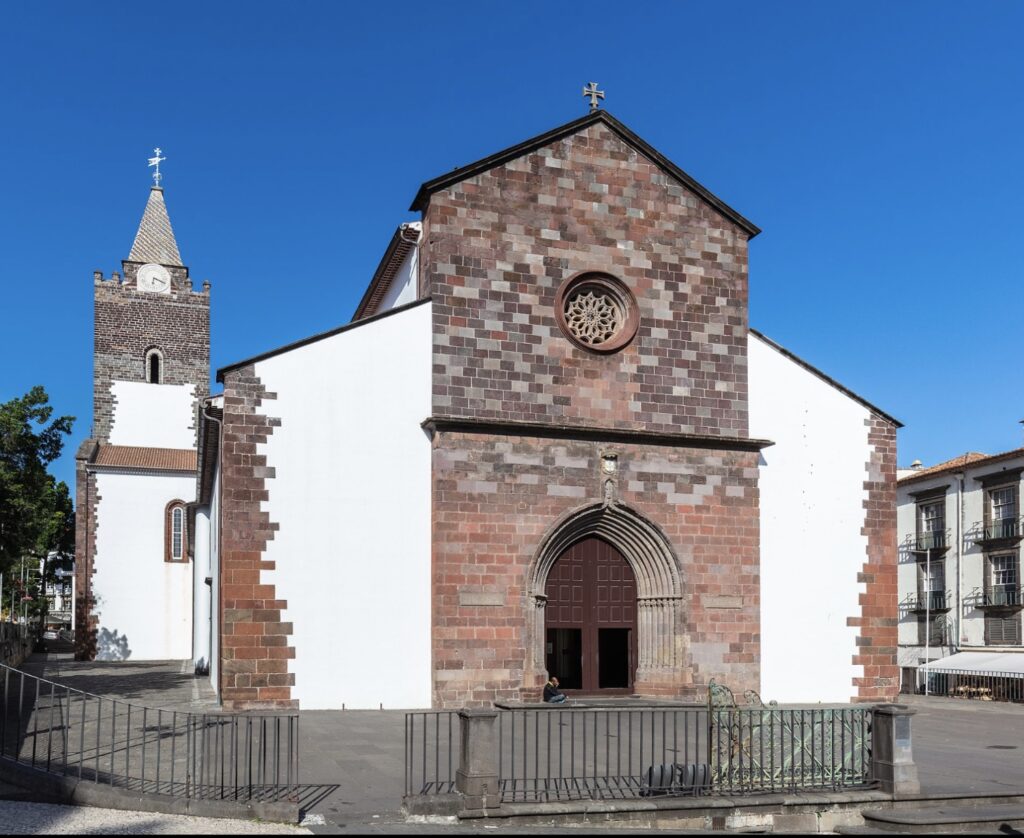
- Fortaleza de São Tiago (1614)
- Built in the early 17th century, this fort was designed to protect Funchal from pirate attacks. It is now home to the Museum of Contemporary Art.
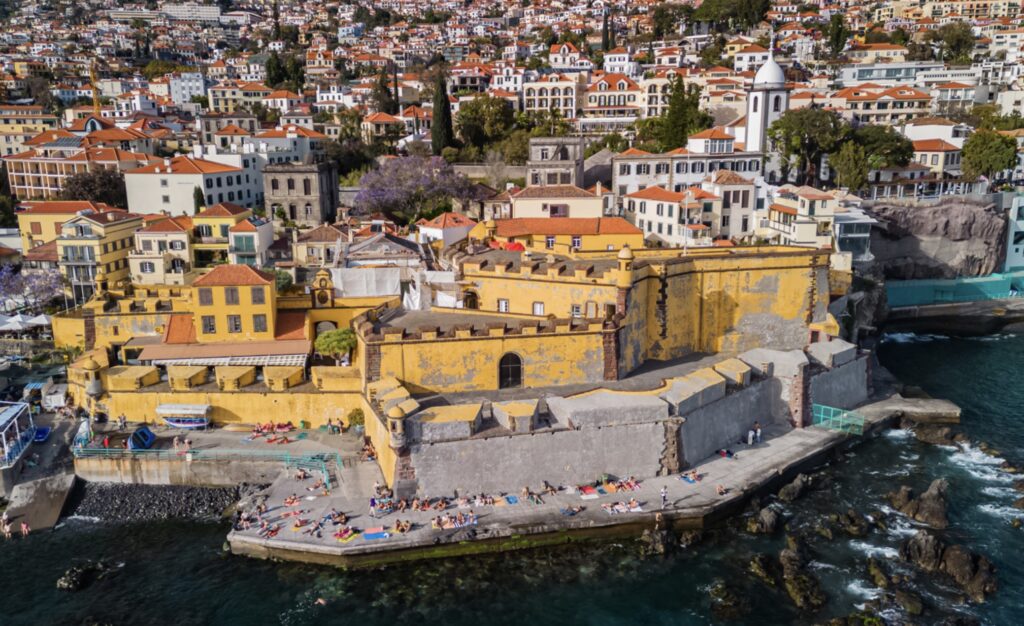
- Convent of Santa Clara (1492)
- Founded in 1492, this convent is one of the oldest buildings in Funchal. It served as a convent for nuns until the 19th century and is known for its beautiful cloisters and azulejo tiles.
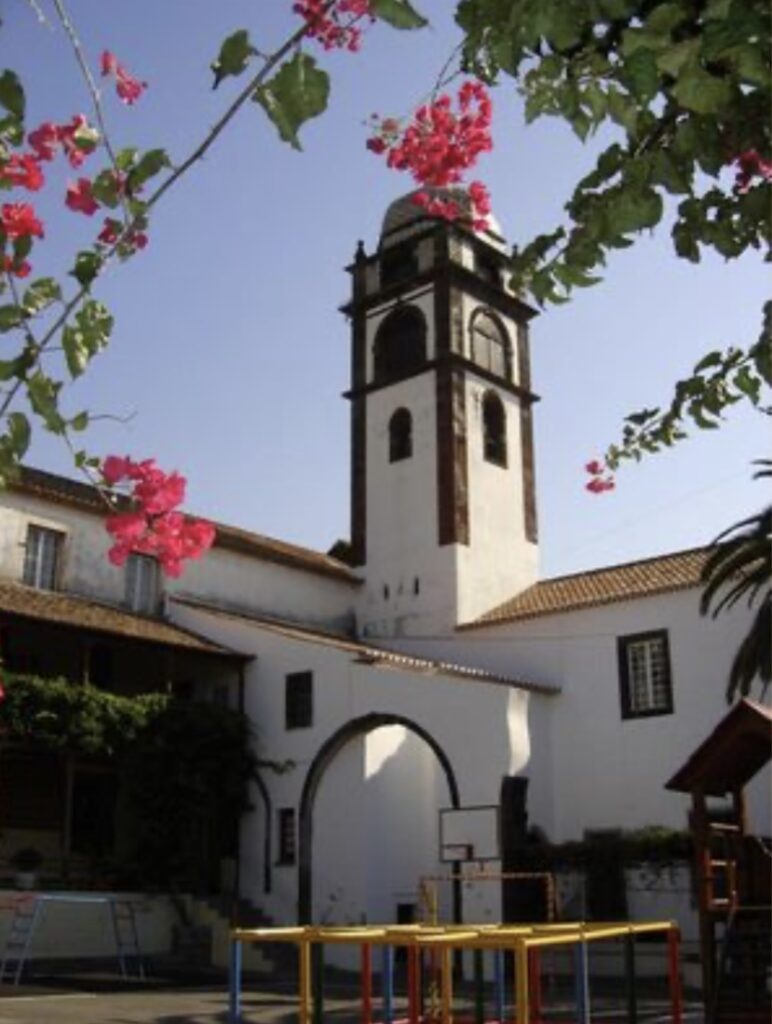
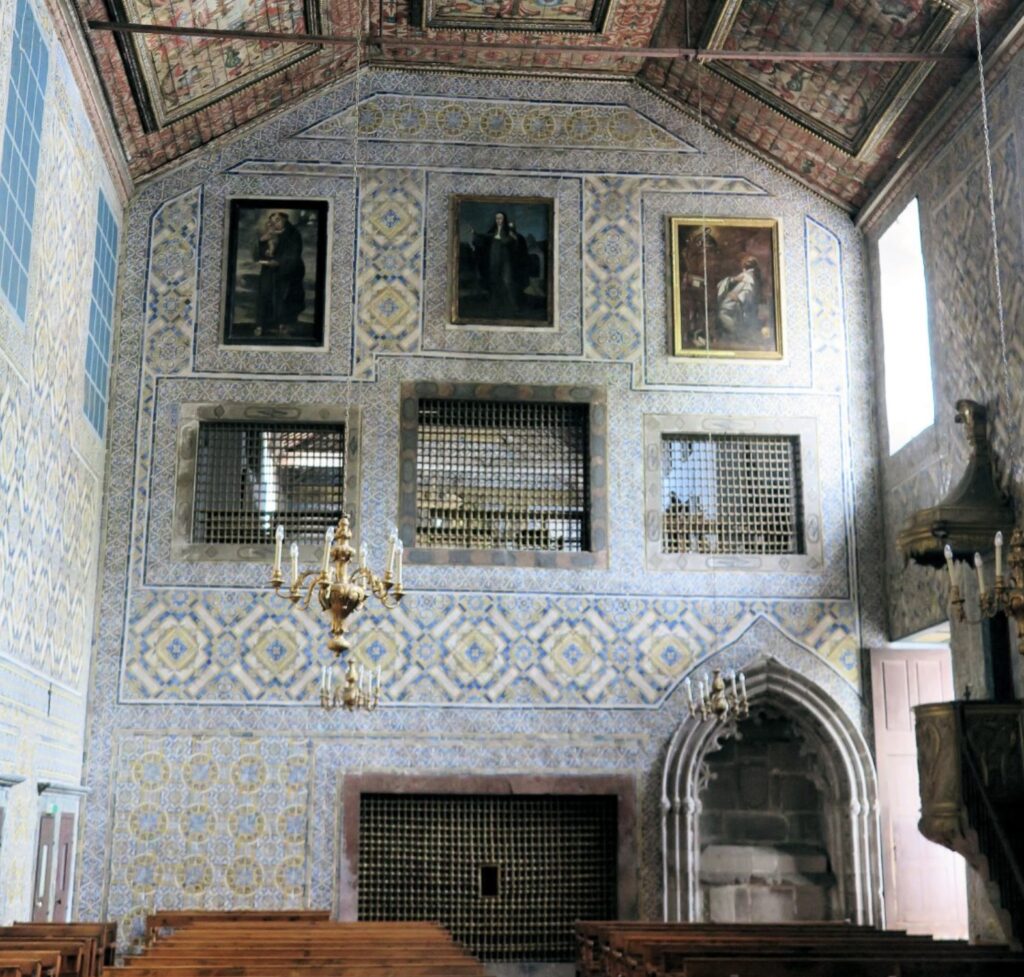
- Quinta das Cruzes (15th century)
- This manor house was originally built in the 15th century by João Gonçalves Zarco, the discoverer of Madeira. It now serves as a museum displaying decorative arts and antiques.
- Palácio de São Lourenço (16th century)
- A military fortress and later a royal residence, this palace was constructed in the 16th century and showcases a mix of Gothic and Renaissance styles. It now houses the Regional Military Museum.
- Mercado dos Lavradores (1940)
- Opened in 1940, this vibrant market is a key part of Funchal’s daily life. The building itself is an example of the Estado Novo architectural style, with its iconic azulejos (tile panels).
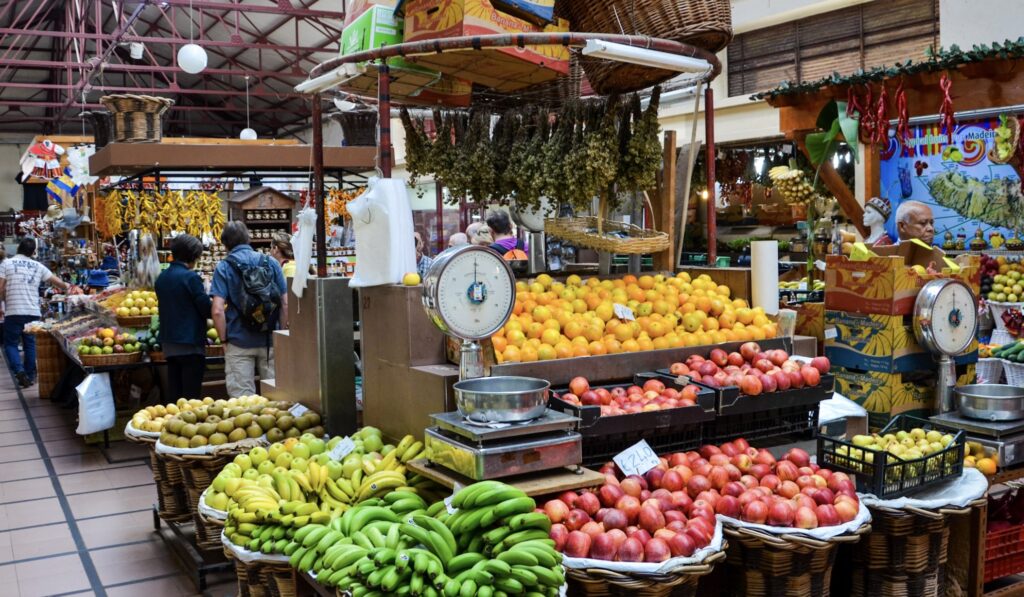
- Funchal City Hall (Paços do Concelho) (18th century)
- Originally a 17th-century palace, this building became Funchal’s City Hall in the 19th century. It features a beautiful interior courtyard and baroque architectural details.
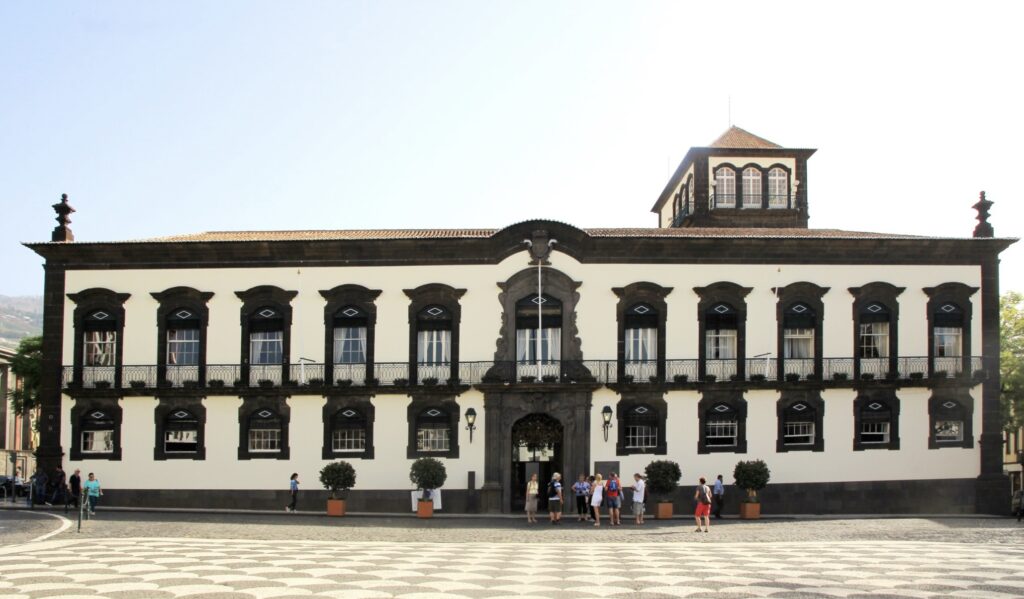
Tourist Attractions
- Monte Palace Tropical Garden (18th century, restored in the 20th century)
- Originally a private estate, this garden was restored in the 20th century and is now one of Funchal’s most famous attractions. It features exotic plants, koi ponds, and stunning views over the city.
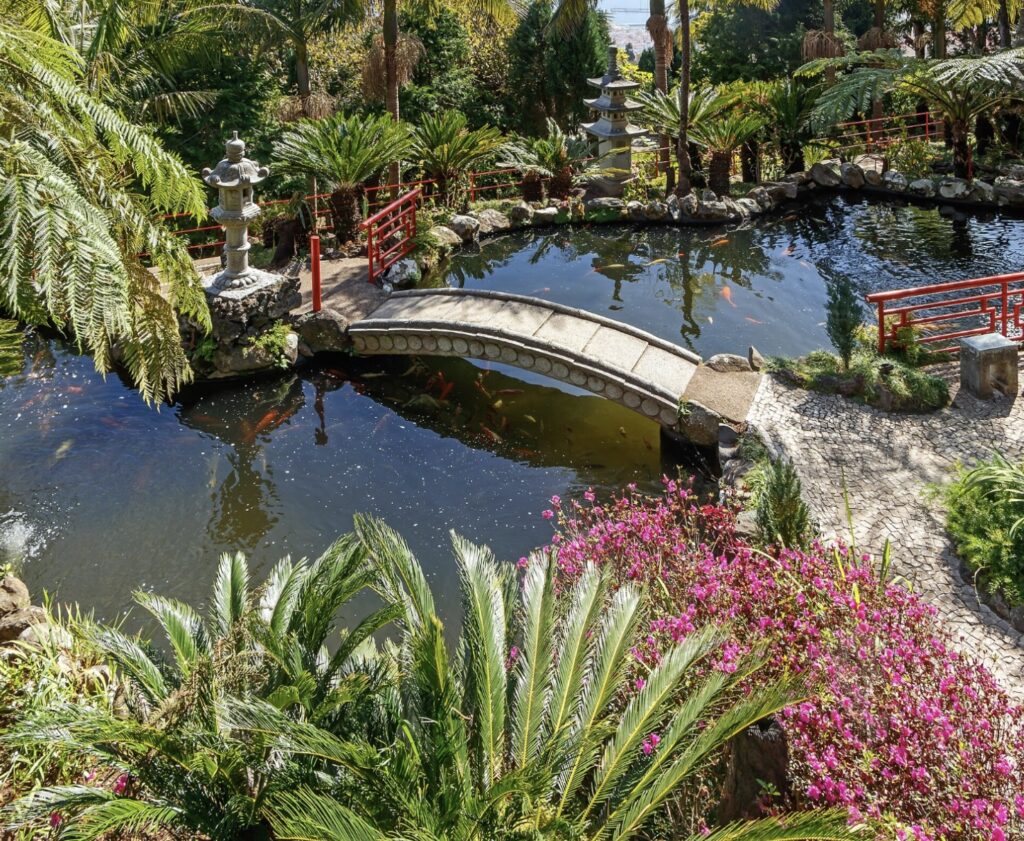
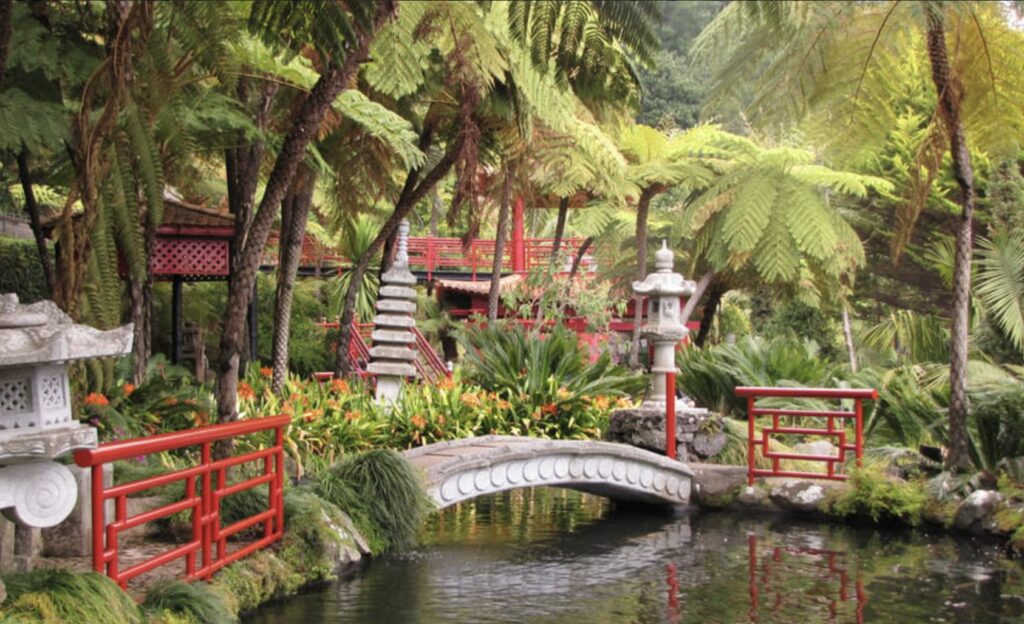
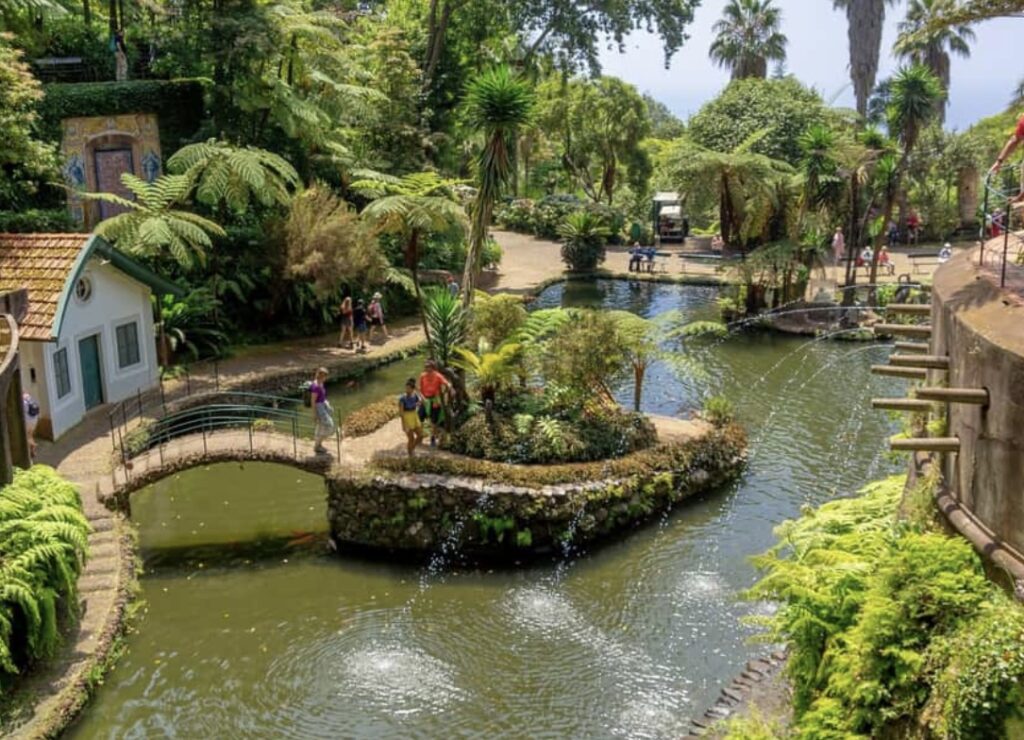
- Madeira Botanical Garden (1960)
- Opened in 1960, this garden is located on the grounds of a former estate and features a wide variety of plants from around the world, including many endemic to Madeira.
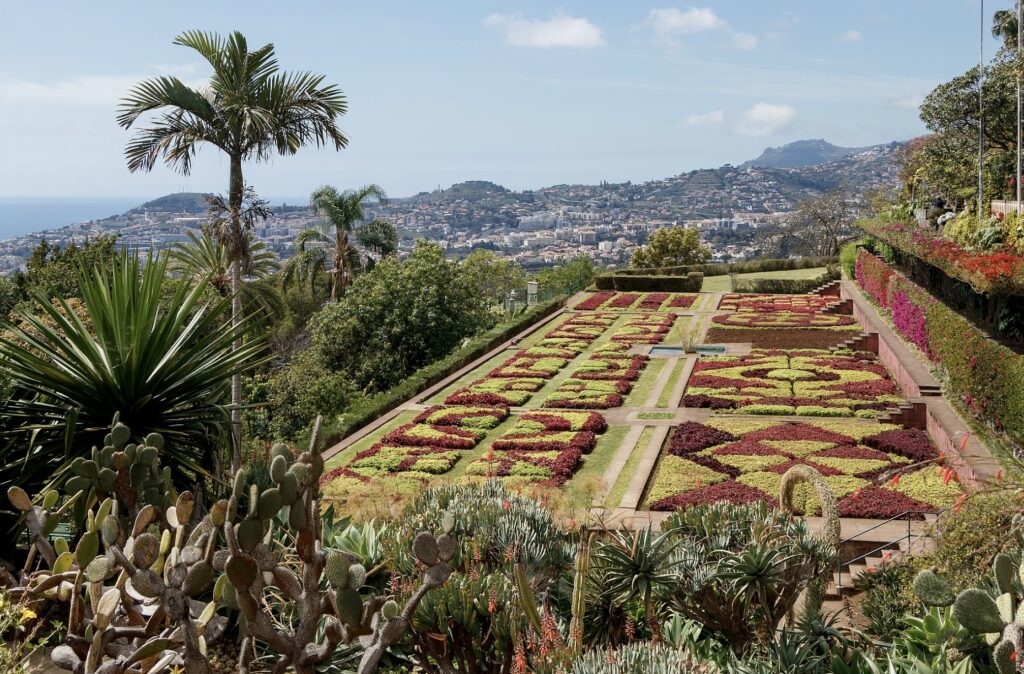
- Cabo Girão Skywalk (21st century)
- This glass-floored platform was added to the top of the Cabo Girão cliffs in the early 21st century, offering breathtaking views from one of Europe’s highest sea cliffs.
- Monte Cable Car (2000)
- This cable car, opened in 2000, offers a scenic ride from Funchal’s old town up to the Monte district, providing panoramic views of the city and the bay.
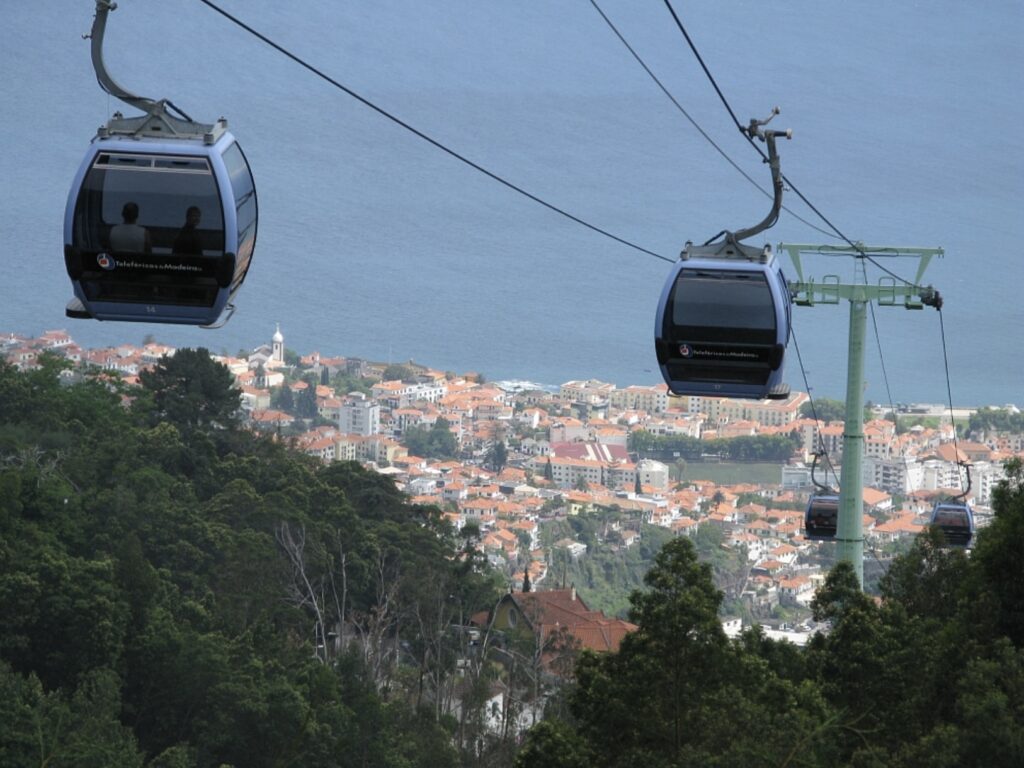
- CR7 Museum (2013)
- Opened in 2013, this museum is dedicated to the life and career of Cristiano Ronaldo, one of the world’s greatest footballers, who was born in Funchal.
- Madeira Story Centre (2005)
- This interactive museum, opened in 2005, offers a comprehensive history of Madeira, from its volcanic origins to its modern-day culture.
- Funchal Marina (1980s, modernized in the 2000s)
- The marina, originally developed in the 1980s, is a popular spot for tourists, featuring restaurants, cafes, and the starting point for various boat tours.
- Santa Catarina Park (20th century)
- This park, located in the heart of Funchal, offers beautiful gardens, walking paths, and views of the harbor. It’s a popular spot for both locals and tourists.
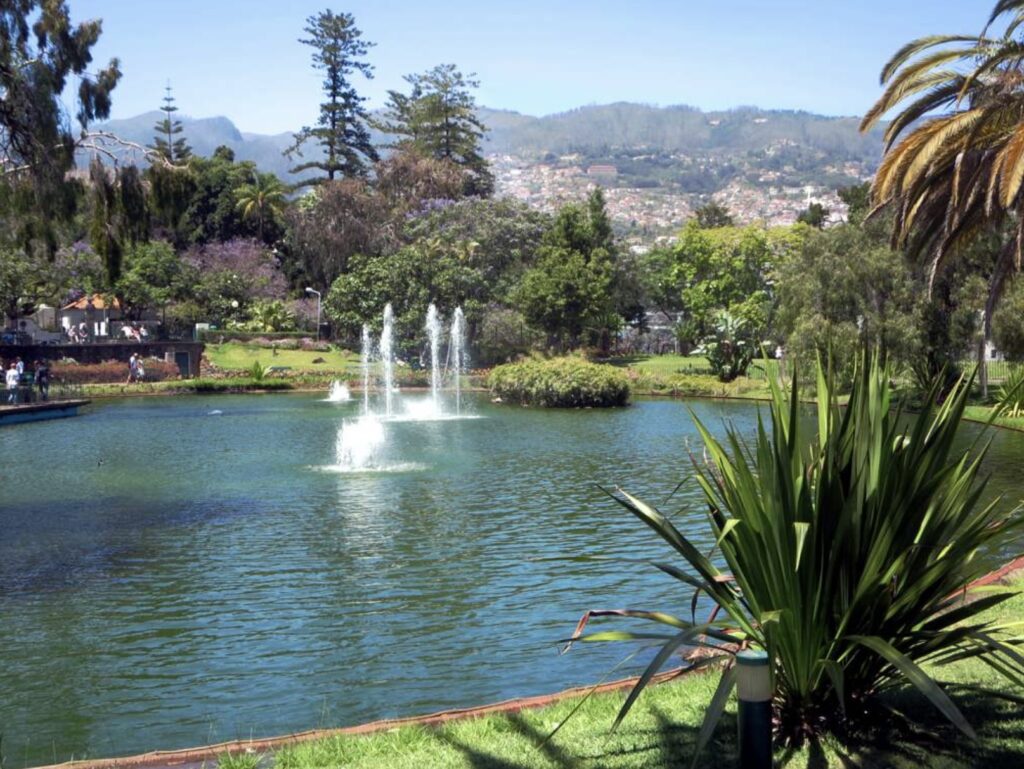
Festivals and Events
- Madeira Flower Festival (Since the 1950s)
- Held annually in the spring, this festival celebrates the blooming season with flower parades, displays, and performances.
- New Year’s Eve Fireworks (Annual)
- Funchal is renowned for its spectacular New Year’s Eve fireworks, often considered one of the best in the world.
Each of these monuments and attractions contributes to the rich cultural tapestry of Funchal, offering visitors a blend of history, natural beauty, and modern attractions.
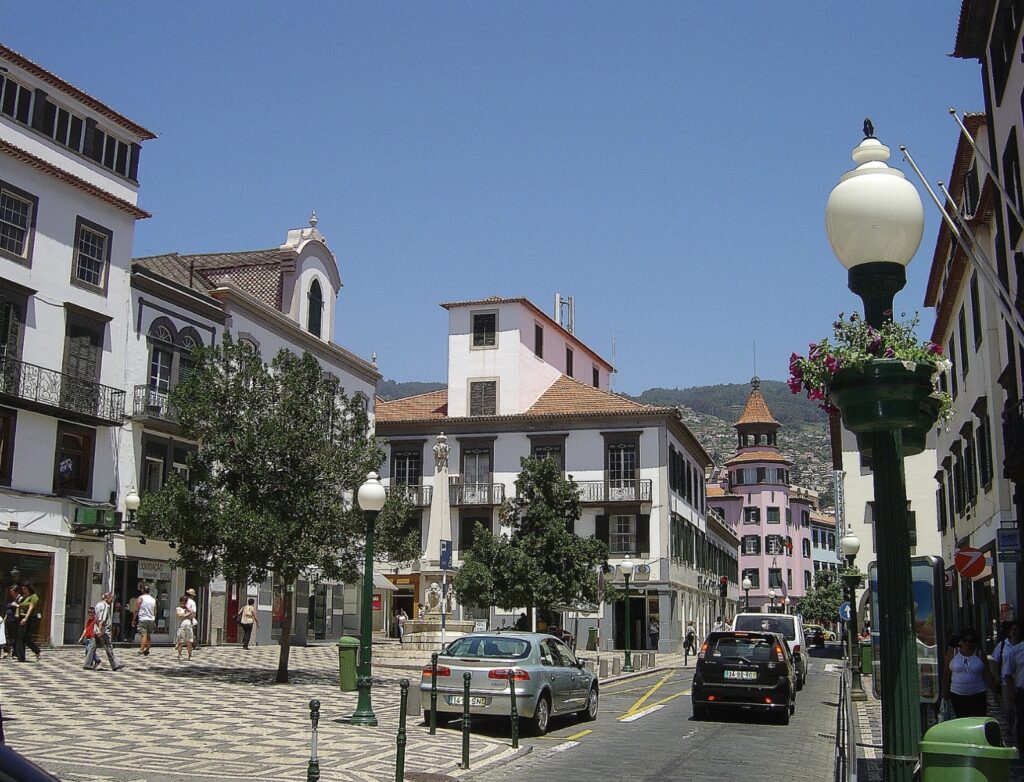
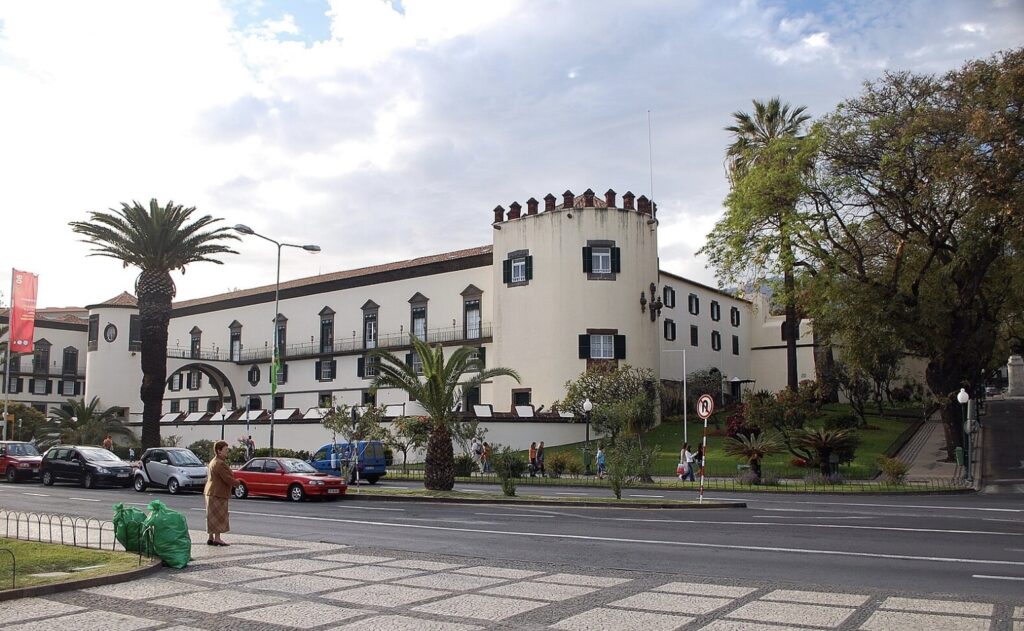
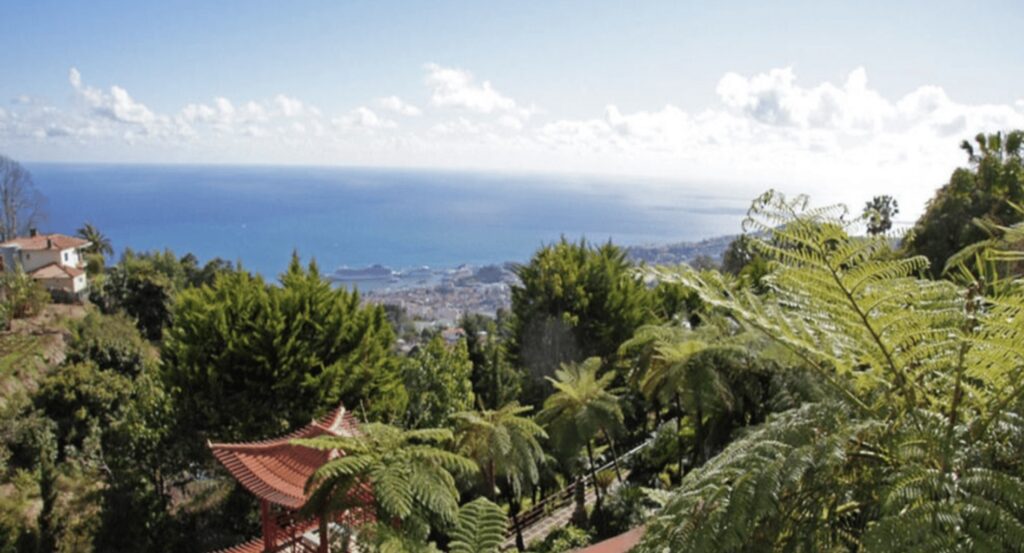
Rua da Santa Maria in Funchal’s Old Town is famous for its vibrant collection of painted doors, part of the “Arte Portas Abertas” (Art of Open Doors) project. This initiative, started in 2010 by artist José Maria Montero, transformed the old, neglected doors of this historic street into canvases for artistic expression. The diversity of styles and themes reflects the creativity of the artists and the rich cultural tapestry of Funchal.
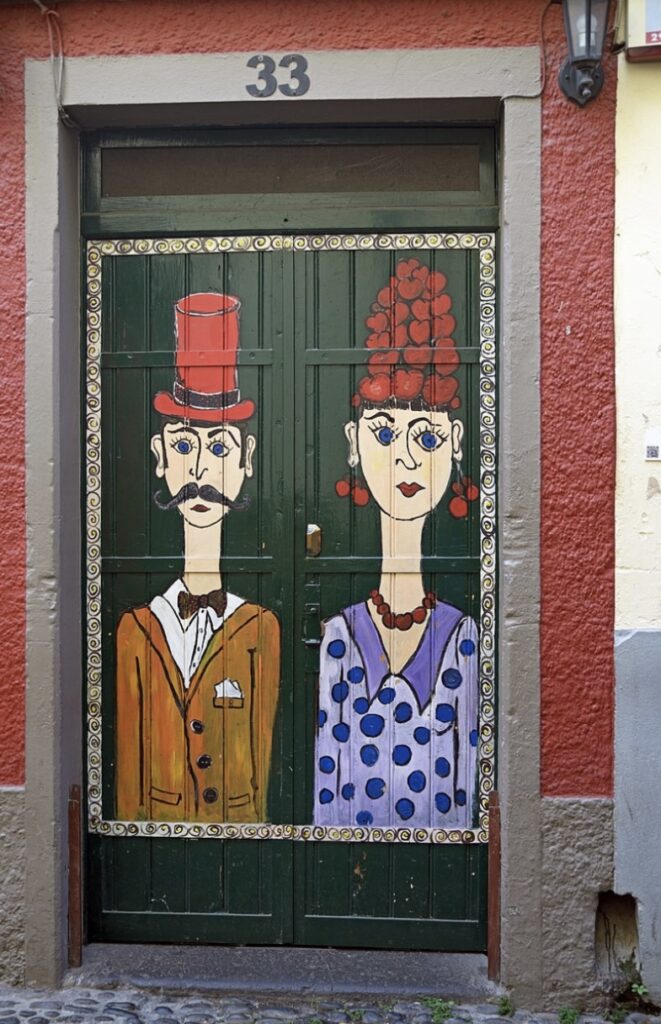
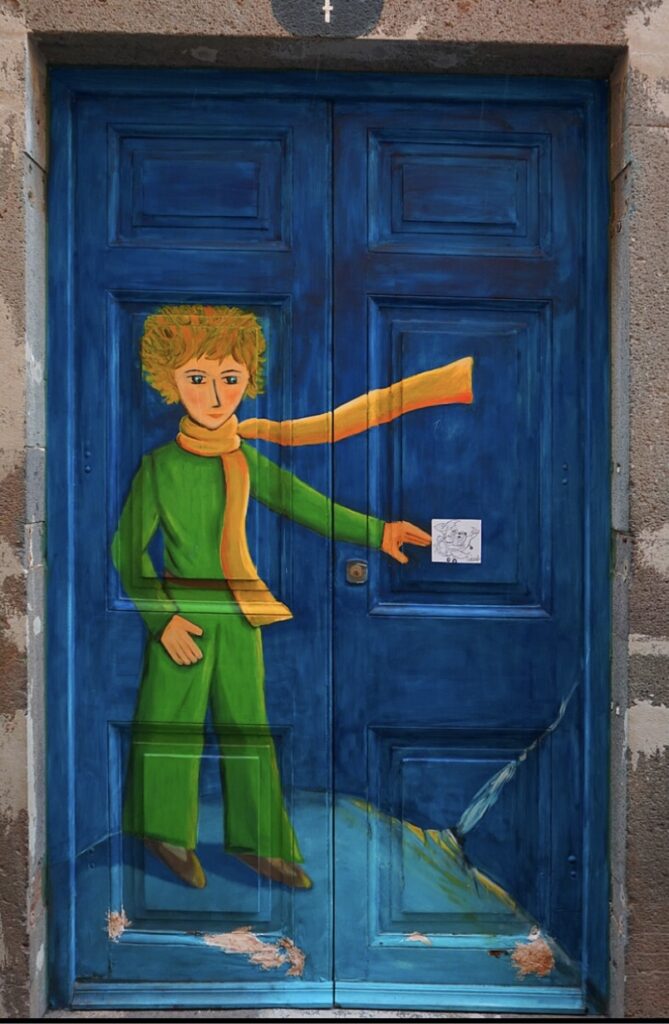
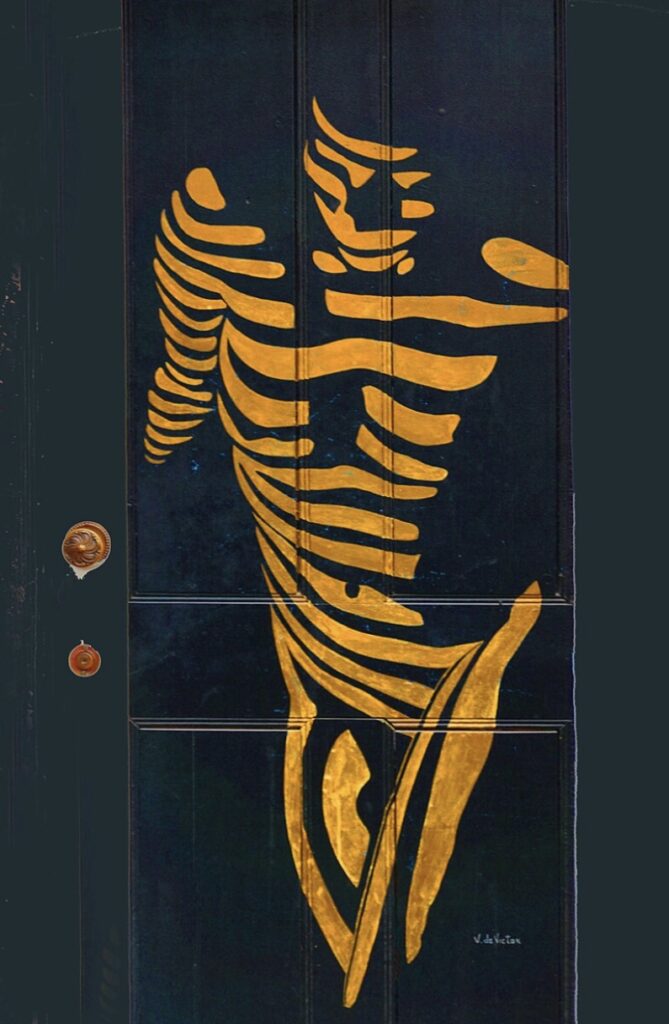
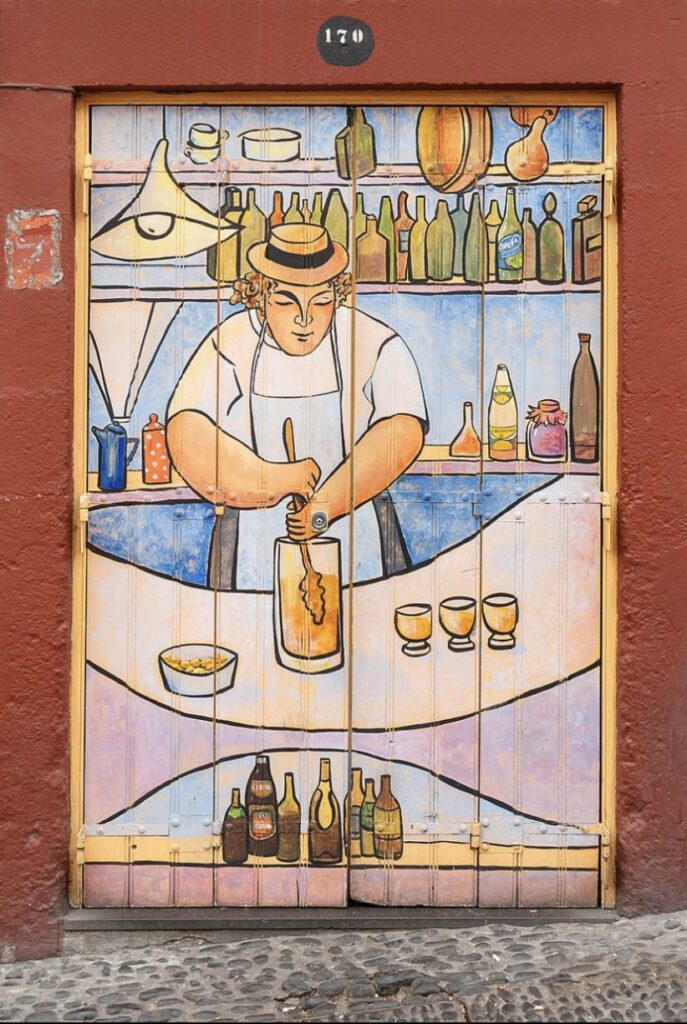
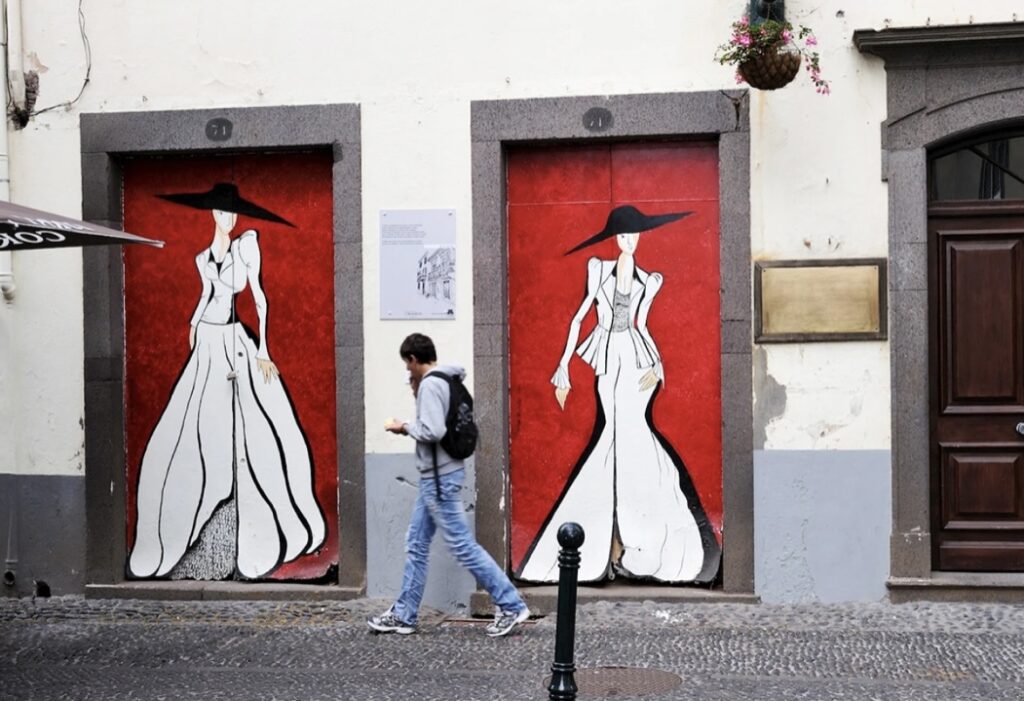
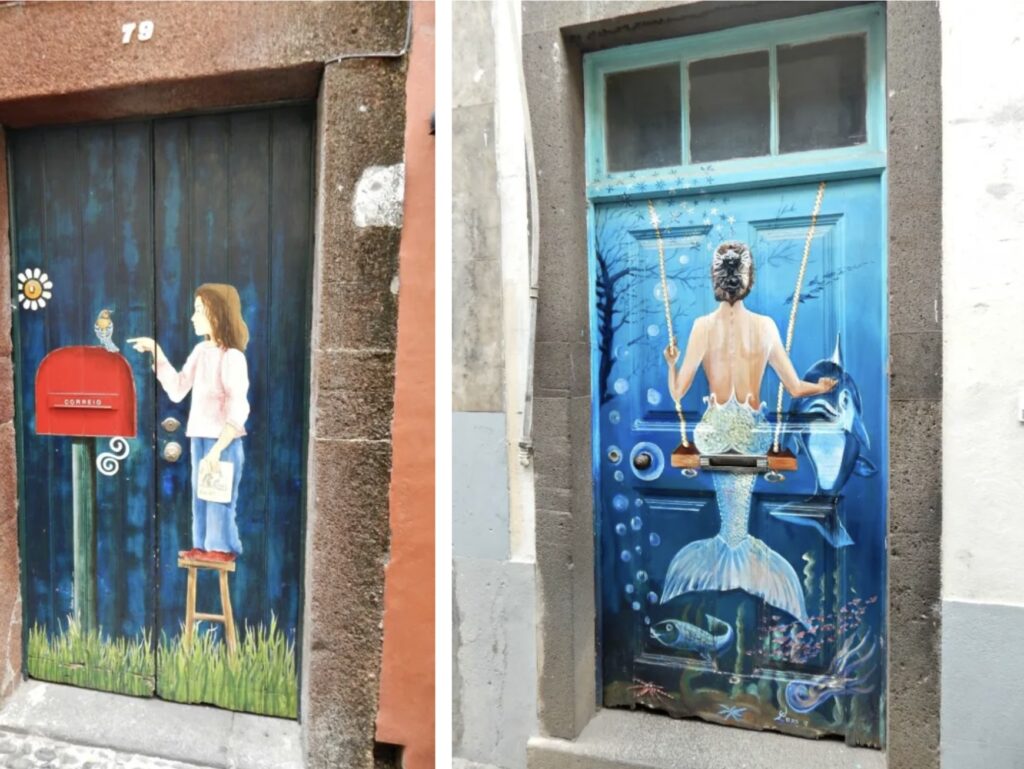
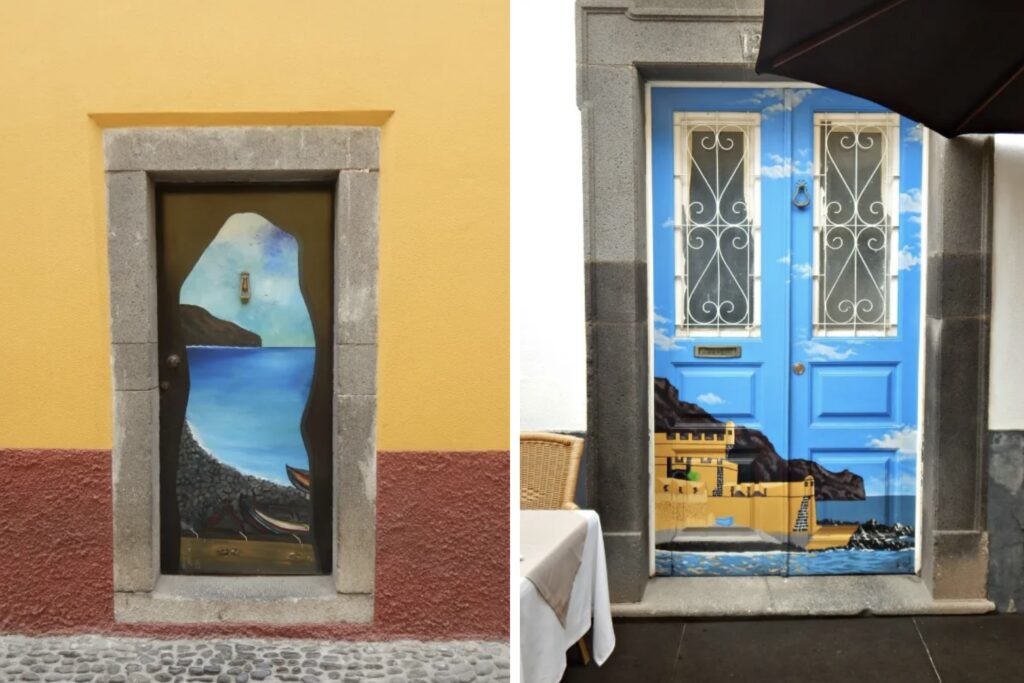
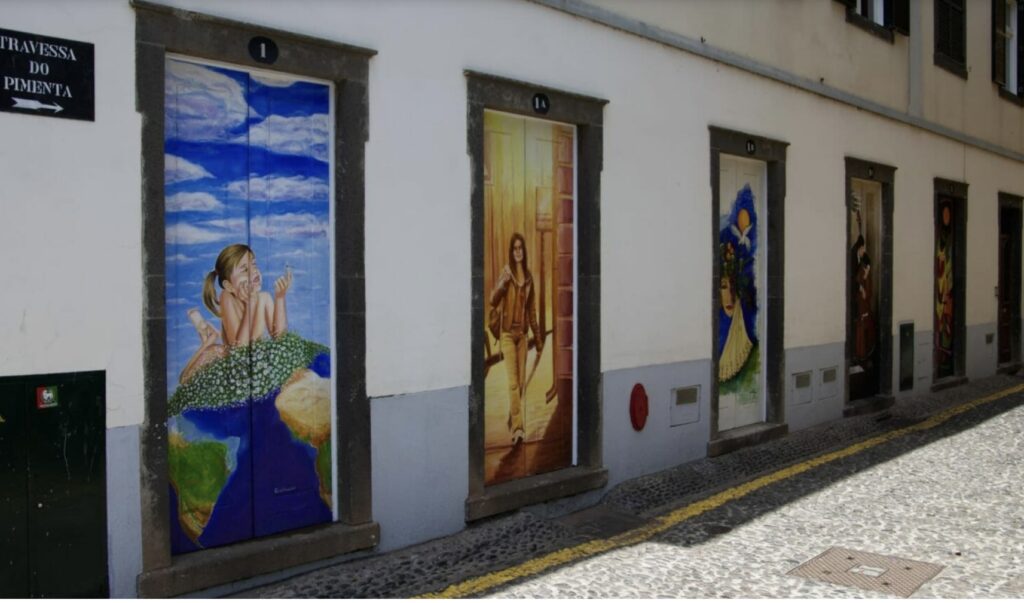
Day 1: Exploring Historic Funchal and Indulging in Luxury
Morning:
- Breakfast at Your Hotel: Start your day with a luxurious breakfast at your hotel. If you choose to stay at Belmond Reid’s Palace, a historic hotel perched on a cliff overlooking the Atlantic, you can enjoy breakfast with stunning ocean views. This hotel, known for its old-world charm and impeccable service, has hosted many celebrities over the years.
- Explore Funchal’s Old Town (Zona Velha): Begin your exploration by wandering through Funchal’s historic old town. Visit the Sé Cathedral (c. 1514) to admire its Gothic architecture and ornate wooden ceiling. Then stroll down the charming cobblestone streets, taking in the colorful facades and street art.
- Visit the Mercado dos Lavradores: Head to the Mercado dos Lavradores, a bustling market where you can experience the vibrant local culture. Browse the stalls filled with fresh produce, exotic fruits, flowers, and traditional crafts. Don’t miss the chance to try some local fruits like passion fruit and custard apple.
Lunch:
- Lunch at Restaurante Do Forte: Enjoy a gourmet lunch at Restaurante Do Forte, located within the historic Fortaleza de São Tiago. This restaurant offers a blend of traditional Madeiran cuisine with modern twists, all served in a beautiful setting overlooking the sea.
Afternoon:
- Monte Palace Tropical Garden: After lunch, take the Monte Cable Car up to the Monte Palace Tropical Garden. Explore the lush gardens, koi ponds, and unique sculptures, all while enjoying panoramic views of Funchal. The garden is a peaceful retreat, perfect for a leisurely afternoon.
- Monte Toboggan Ride: For a bit of adventure, take the traditional Monte toboggan ride down to Livramento. This unique experience involves sitting in a wicker sled steered by two carreiros, who guide the sled down the winding streets.
Evening:
- Dinner at Armazém do Sal: For dinner, indulge in a fine dining experience at Armazém do Sal, a restaurant housed in a historic salt warehouse. The menu features a fusion of Madeiran and international cuisine, with dishes crafted from the freshest local ingredients.
- Evening Stroll Along the Marina: End your evening with a relaxing stroll along the Funchal Marina, where you can enjoy the ambiance of the waterfront, perhaps stopping for a drink at one of the chic bars or cafes.
Day 2: Cultural Immersion and Coastal Beauty
Morning:
- Breakfast at Your Hotel: Begin your day with another luxurious breakfast at your hotel. If you’re staying at The Vine Hotel, a modern design hotel in the heart of Funchal, you can enjoy a rooftop breakfast with views over the city and harbor.
- Visit Quinta das Cruzes: Explore the Quinta das Cruzes Museum, a beautiful manor house that was once the residence of João Gonçalves Zarco, the discoverer of Madeira. The museum houses a collection of decorative arts and antiques, offering a glimpse into the island’s aristocratic past.
- Funchal City Hall and Santa Clara Convent: Continue your cultural exploration with a visit to Funchal City Hall, where you can admire its baroque architecture, and then walk to the nearby Santa Clara Convent, a serene and historical site dating back to the 15th century.
Lunch:
- Lunch at Vila Cipriani: Enjoy a leisurely lunch at Vila Cipriani, located at Belmond Reid’s Palace. This Italian restaurant offers an elegant dining experience with spectacular views of the Atlantic Ocean, perfect for savoring dishes like fresh pasta and seafood.
Afternoon:
- Visit Madeira Botanical Garden: Spend your afternoon exploring the Madeira Botanical Garden, located on the outskirts of Funchal. The garden is home to a diverse collection of plants from around the world, including many endemic to Madeira. It’s a tranquil spot for a relaxing walk.
- Cabo Girão Skywalk: For an exhilarating experience, visit Cabo Girão, one of the highest sea cliffs in Europe. Step onto the glass-floored skywalk for breathtaking views down to the ocean below. It’s a short drive from Funchal and well worth the visit.
Evening:
- Dinner at Il Gallo d’Oro: Conclude your visit with a Michelin-starred dinner at Il Gallo d’Oro, located at The Cliff Bay Hotel. This restaurant is renowned for its innovative cuisine that highlights local ingredients with a Mediterranean and Iberian influence. The elegant setting and impeccable service make it a fitting finale to your luxurious stay in Funchal.
- Relaxation at Your Hotel: After dinner, return to your hotel for a nightcap or a spa treatment. Both Belmond Reid’s Palace and The Vine Hotel offer excellent spa facilities where you can unwind after two days of exploration.
Luxury Accommodations:
- Belmond Reid’s Palace: A historic hotel with classic elegance, cliff-top gardens, and exceptional service. It offers luxurious rooms with ocean views and world-class dining options.
- The Vine Hotel: A modern, design-centric hotel with a rooftop pool, a luxurious spa, and contemporary rooms. It’s centrally located, offering easy access to Funchal’s attractions.
This itinerary provides a balanced mix of cultural exploration, luxurious experiences, and opportunities to savor the local cuisine, ensuring a memorable two-day stay in Funchal.
